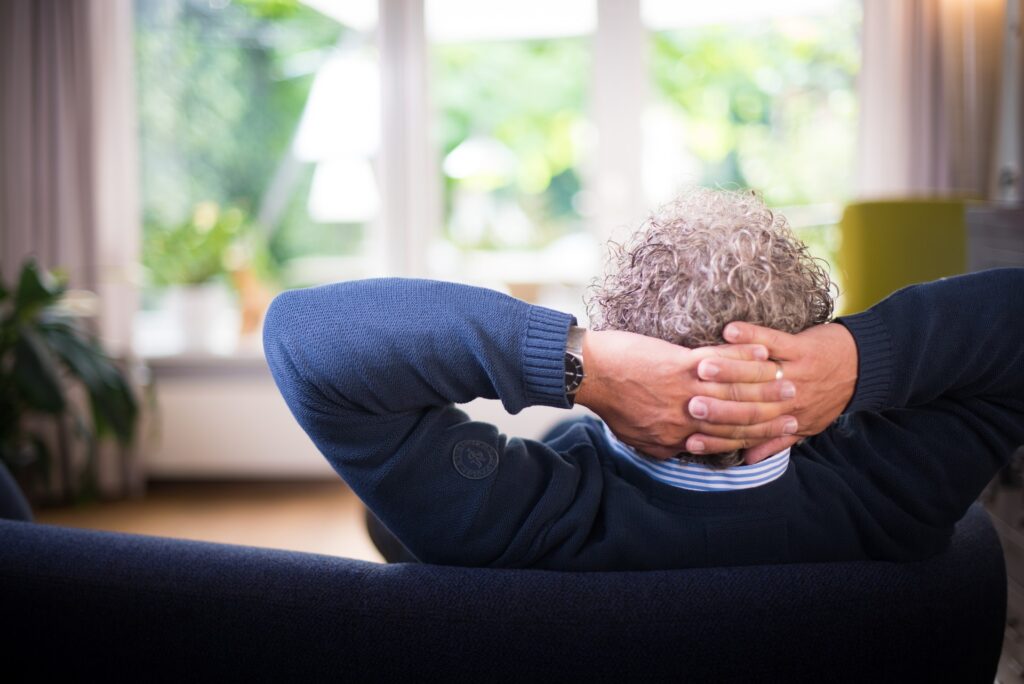
The unfortunate answer is, most probably, yes.
Many factors can have adverse effects on the heart and can lead to heart disease and stroke. One of these factors that are less thought about is inactivity. Throughout our daily lives, there are many reasons why most people do not get the right amount of activity throughout the day. Between work, kids, and relaxation from a long day, there are plenty of reasons to put off exercise for tomorrow. But what is this doing to your health and to your heart?
An Interesting Study
According to a Harvard Health Letter, a study showing that beginning at the age of 30, inactivity has the most significant impact on a woman’s risk of developing heart disease. The research study looked at the health surveys of 32,000 Australian women to determine how much each risk factor contributed to prolonged heart disease.
The study revealed that before age 30, smoking contributed the most risk of developing heart disease. However, from the age of 30 to late 80’s, low physical activity levels had more influence than any other risk factor.
Researchers concluded that if women between the ages of 30 and 90 were able to reach the recommended weekly exercise quota—approximately 150 minutes of moderate-intensity activity—then more than 2,000 middle-aged and older Australian women could be spared from premature death each year.
Women who fail to engage in regular leisure-time physical activity (i.e., at least three times per week for 60 minutes total), and 25% of men and 30% of women perform no leisure-time physical activity.
Do You Like Numbers?
Here are some about men and heart disease from the CDC.gov website:
How Does Heart Disease Affect Men?
- Heart disease is the leading cause of death for men in the United States, killing 357,761 men in 2019—that’s about 1 in every 4 male deaths.
- Heart disease is the leading cause of death for men of most racial and ethnic groups in the United States, including African Americans, American Indians or Alaska Natives, Hispanics, and whites. For Asian American or Pacific Islander men, heart disease is second only to cancer.
- About 1 in 13 (7.7%) white men and 1 in 14 (7.1%) black men have coronary heart disease. About 1 in 17 (5.9%) Hispanic men have coronary heart disease.
- Half of the men who die suddenly of coronary heart disease had no previous symptoms. Even if you have no symptoms, you may still be at risk for heart disease.
The above four bullet points are taken from the CDC.gov website and the full article can be seen here: https://www.cdc.gov/heartdisease/men.htm
It Seems That We Can Conclude That Sex Does Not Matter
Male, female, or anything in between, we all have hearts. So for each and ever one of us:
The World Health Organization states physical inactivity should be an essential risk factor for heart disease and should be included in prevention policies where physical activity is highly prevalent. Without proper, healthy exercise, the risk of developing high blood pressure, high cholesterol, and other contributing factors are more significant.
Recent studies have shown that even little physical activity is beneficial for otherwise inactive individuals. When performed regularly, light to moderate physical activity uses large muscle groups to lower the risk of heart disease.
This means that people beginning to become more physically active should start slow and gradually increase the frequency of active time and the duration of each session using large muscle groups. The most comfortable and most feasible activity that most people can commit to is sustained walking.
Other everyday activities such as bike riding, stair-climbing, and gardening can also produce essential health benefits provided they are sustained and use large muscle groups.
Other complications can come when a person is not active throughout their life; some of these conditions contribute to heart disease. Lack of physical activity:
- Creates a greater risk of developing high blood pressure
- Increase your risk of type 2 diabetes
- Can increase feelings of anxiety and depression
- May increase the risk of certain cancers
- May increase the chances of fall in older adults and decrease their ability to continue doing daily activities
As you can see, there are plenty of reasons to start becoming active and taking 30 minutes out of each day, or at least three times a week, to go for a walk, ride your bike, or do a few laps at the pool.
Conclusion
Anything that will help you become more active and get your heart pumping will be beneficial for you and your heart. Become creative and get friends and family involved in various physical activities to make the initial routine more bearable.
Once you incorporate physical activity into your daily routine, it will be much easier to continue the workout.
Just about all heart conditions that you can have come from how you choose to live your life.
Eat right and exercise. It is fairly easy when you make your mind up to make the right choices and then act on your choices.
Take care of your self. Take care of your heart.
Be A Man – Do The Right Thing. It’s Your Life. It’s Your Choice. Take Care Of Yourself. Eat Right And Exercise.
BAM!!! Be A Man! Do The Right Thing.
Be the DtRTy Guy!
